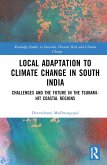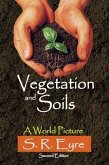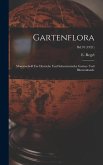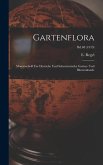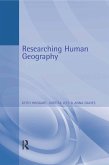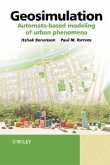The past decade has witnessed a resurgence of interest and activity in the mapping of vegetation that has been driven by the needs of environmental modellers and policy makers on the one hand and by the increased availability of data sets and sophisticated tools for their handling and analysis on the other. This increased activity, together with the greater variety of purposes for which vegetation maps are being produced, has led to a divergence of approaches, a wider range of entities being mapped and a more varied audience of end users. Over the same time period the researcher interested in vegetation mapping has had to consult an ever-broadening range of sources in order to keep abreast of developments in the field. This book seeks to provide a review of recent developments in vegetation mapping and the purposes for which it is carried out by bringing together a series of case studies covering techniques and their applications at a range of spatial scales. The work included covers scales of enquiry from the quadrat to the biome, studies based on data gathered from ground, air and space, and applications of mapping in temperate, semi arid and tropical environments. Issues involved in the use of data sets from different sources, the recognition and handling of error and the effects of scale are also given detailed consideration. The volume concludes with a review of contemporary approaches to vegetation mapping and the identification of some key research questions. Vegetation Mapping will thus serve as a collected source of reference on techniques and approaches for the researcher while providing a rich variety of case study and methodological information for postgraduate students and undergraduates following specialist courses.
Bitte wählen Sie Ihr Anliegen aus.
Rechnungen
Retourenschein anfordern
Bestellstatus
Storno


